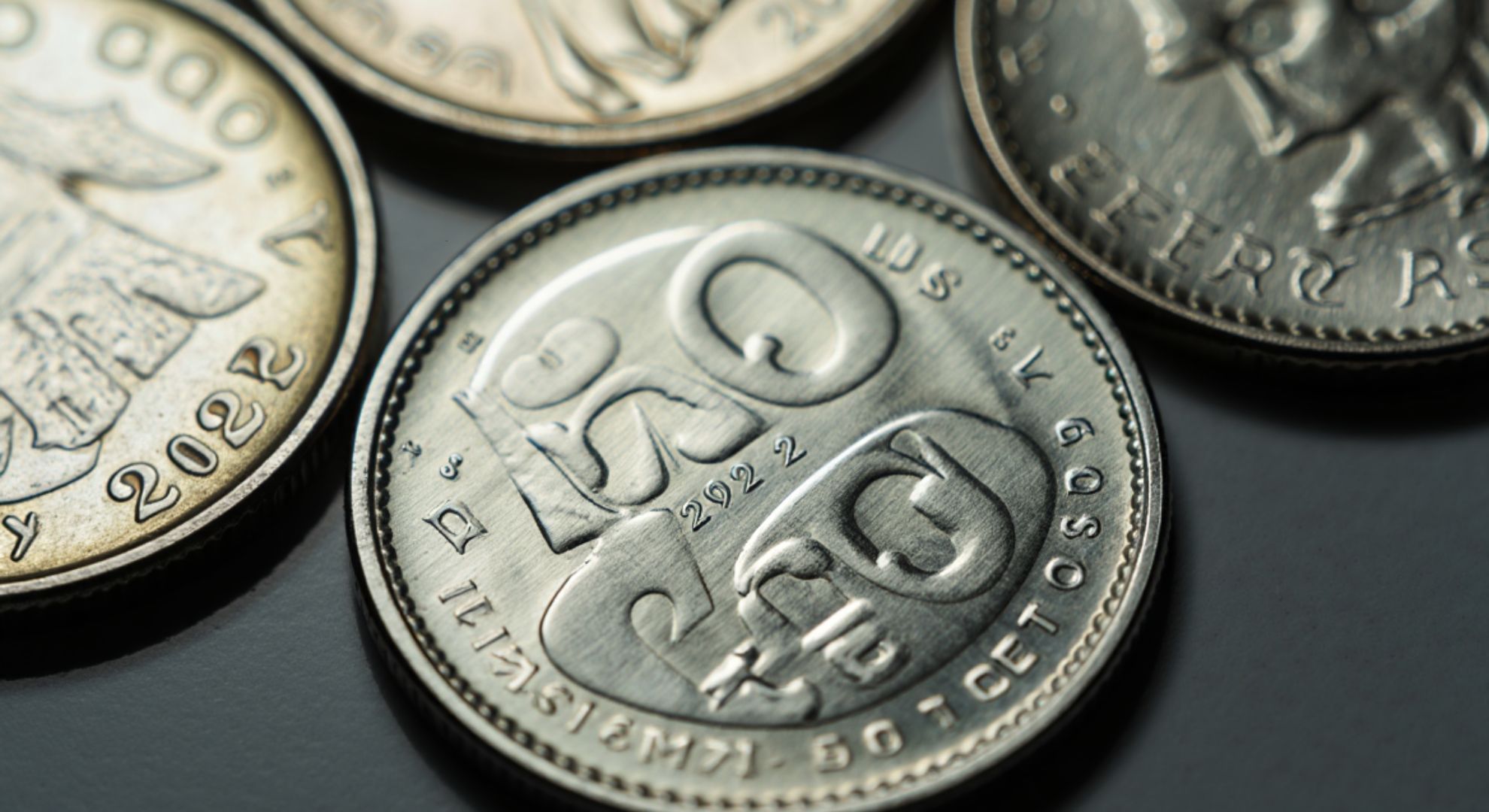You might glance at a 1982 20‑cent piece and see nothing but change. Collectors, however, sometimes see an opportunity—especially when the coin’s condition, minting quirks, or provenance line up just right. In a few cases, that small silver‑grey disc has fetched hundreds in recent sales, turning a pocket find into a prize.
“Condition is king; the date is just the start,” says a seasoned dealer who buys world 20‑cent pieces by the thousand. The message is simple: some coins are common, yet specific varieties and high‑grade survivors can defy expectations.
Why some 1982 pieces stand out
Most 1982 issues were minted in vast numbers, destined for daily spending. Rarity usually emerges from two factors: an unusual production trait or exceptional preservation. Mint errors, low‑mintage finishes like proofs, and top‑tier certified grades create the value spread that collectors chase with intensity.
Eye appeal matters too. A coin with crisp luster, sharp details, and minimal marks can elevate itself above the pack. “Eye appeal sells coins,” as graders often say.
The varieties that matter
Not every 1982 twenty‑cent is a sleeper, but a few paths to value are consistent. Countries with active collector bases—Australia, New Zealand, Singapore, and South Africa—see premiums for errors, proofs, and superb uncirculated examples. Off‑center strikes, broadstrikes, wrong‑planchet errors, and doubled dies can command serious attention.
Proof coins from official sets sometimes earn a bump, especially in perfect cameo finishes with third‑party certification. Circulating coins in MS‑66 or better can also surprise the market.
Condition and grading
Grading isn’t just about numbers; it’s about tiny differences that compound into big prices. An AU coin might be worth very little, while a clean MS‑67 is an entirely different story. Professional services like PCGS or NGC offer standardized grades and population reports that signal relative scarcity at each level.
If you suspect quality, avoid unnecessary cleaning, store the coin in a soft holder, and seek expert confirmation before listing it for sale.
Quick checks before you sell
- Look for obvious mint errors (off‑center, missing rims, wrong metal) and unusually sharp details with strong original luster.
Market snapshot: values to expect
Ranges below are illustrative, based on recent public sales, dealer lists, and typical collector demand. Your coin’s exact value depends on country, variety, and certified grade.
| Type (1982 20c) | Notable traits | Typical circulated value | High-grade/variety value |
|---|---|---|---|
| Australia – circulation | Common issue, no special variety by default | Face to a few dollars | MS‑66/67 examples can reach $100–$300 |
| Australia – proof | From Royal Australian Mint sets | $10–$40 with set | PR‑69/70 DCAM often $150–$400 |
| New Zealand – circulation | Broadly available, condition‑sensitive | Face to a few dollars | MS‑66+ can see $50–$200 |
| Singapore – circulation/prooflike | Attractive strikes, collector interest | Face to modest premiums | Choice PL/Proof $75–$250 |
| South Africa – circulation/proof | Active market for proofs | Face to low dollars | Proofs or top grades $100–$300+ |
| Any country – obvious error | Off‑center, broadstrike, wrong planchet | $20–$100 depending on error | Exceptional errors $200–$500+ |
Note: Markets move, and specific sales can exceed these ranges when two bidders really want the same coin.
How to verify authenticity and value
Start with the basics: weight, diameter, and magnetic response should match official specs. Compare your piece with trusted images from a national mint or a major auction archive. If something looks unusually struck—misaligned rims, doubled letters, odd color—you may have a premium candidate.
Third‑party grading can be a wise investment for coins that appear superb or display clear errors. A slabbed coin provides confidence and often expands your buyer pool.
Selling strategies that work
Think about the right audience. Specialist auction houses and reputable coin platforms draw focused bidders who understand subtle differences. High‑quality photos—sharp, well‑lit, neutral background—can add real dollars to your final price.
Set realistic expectations. Many 1982 pieces are worth only their denomination, but the right mix of grade, finish, or dramatic error can lift values into the hundreds. That’s the charm of small details in a big collecting world.
“Knowledge is your best tool,” says a veteran show regular. “Check the variety, confirm the grade, and let the market do the rest.”
Final thought for finders and sellers
If a 1982 twenty‑cent coin lands in your hand, give it a second, careful look. A little research, a good loupe, and patient photography might turn minor change into a headline sale—proof that even the most ordinary date can hide an extraordinary story.
